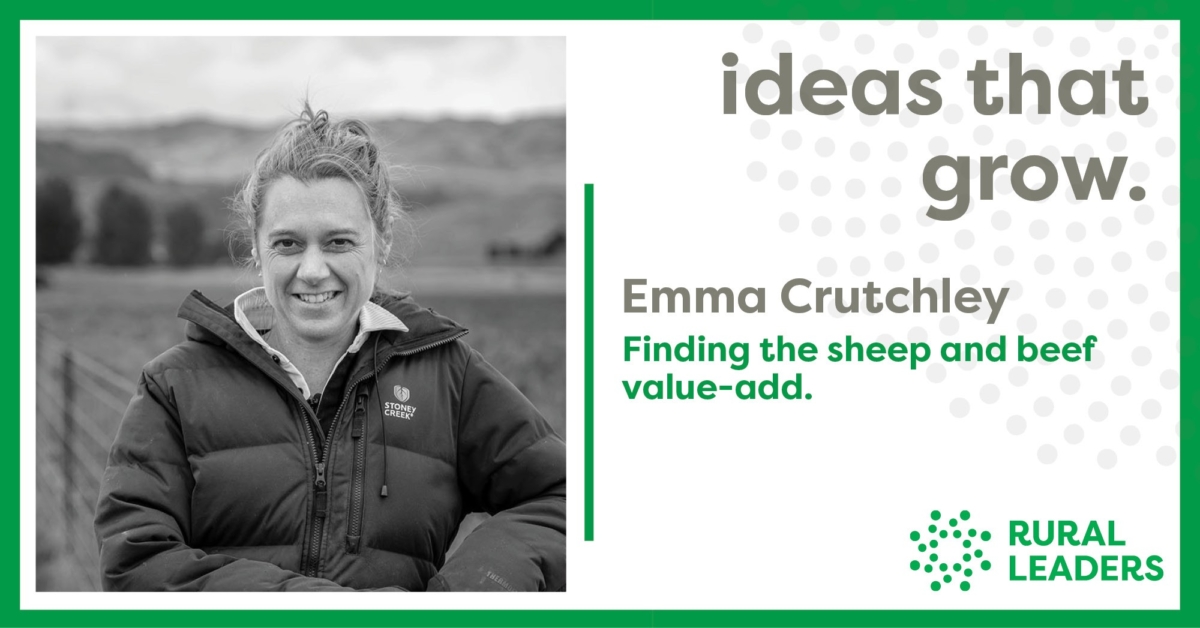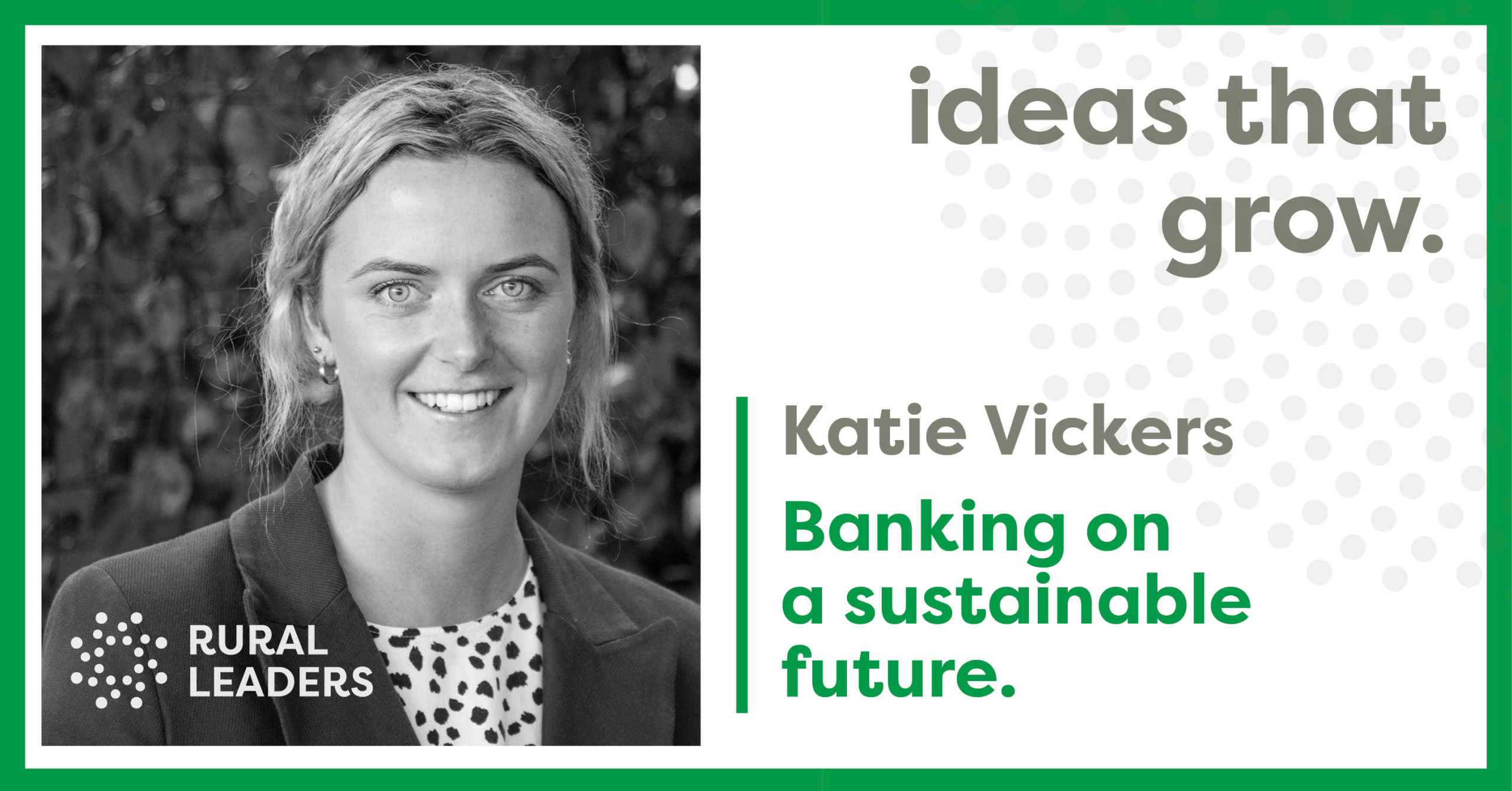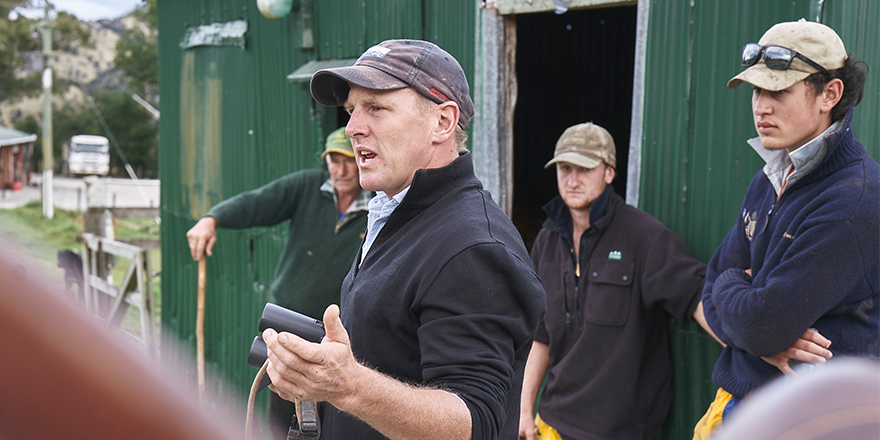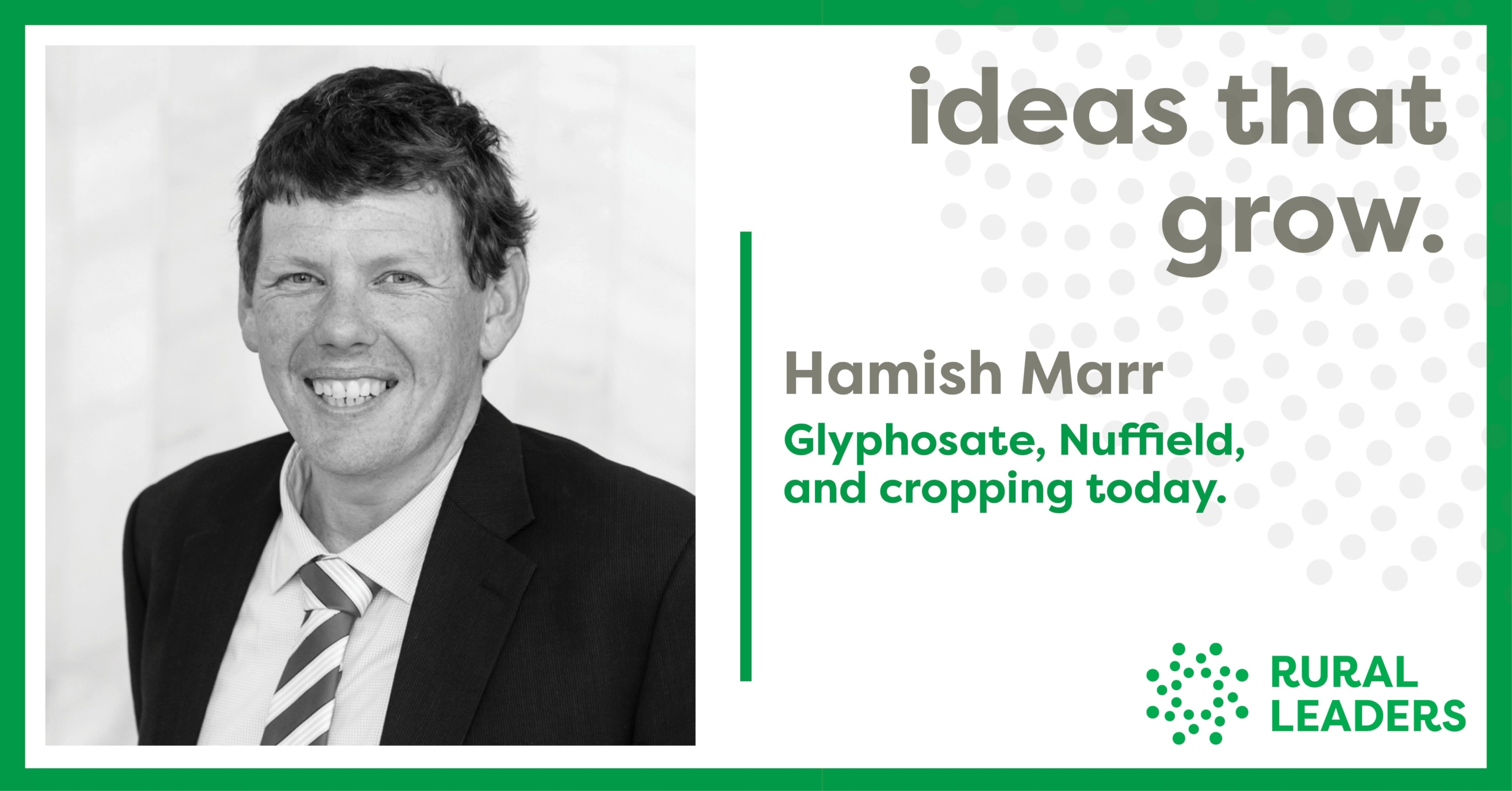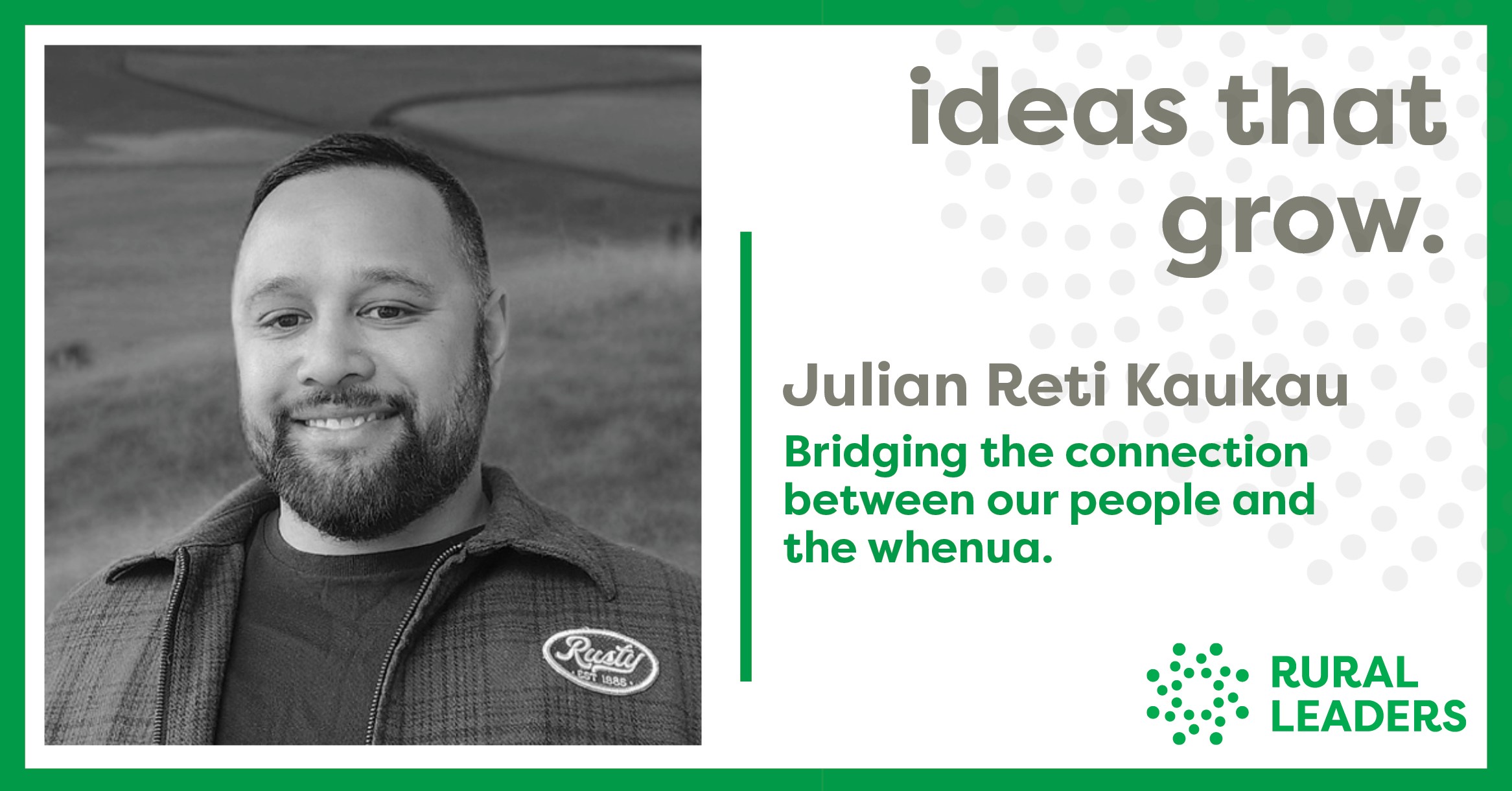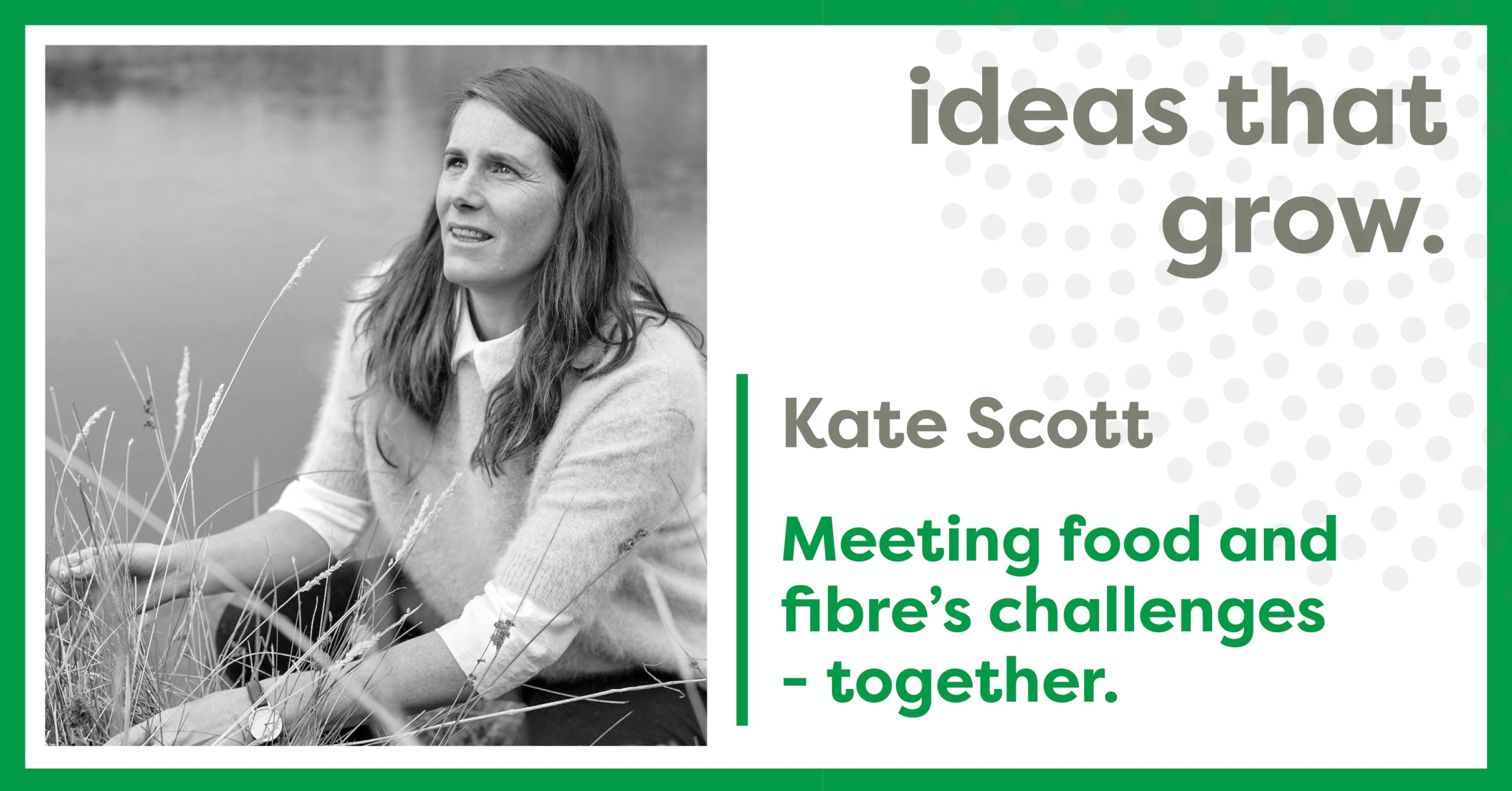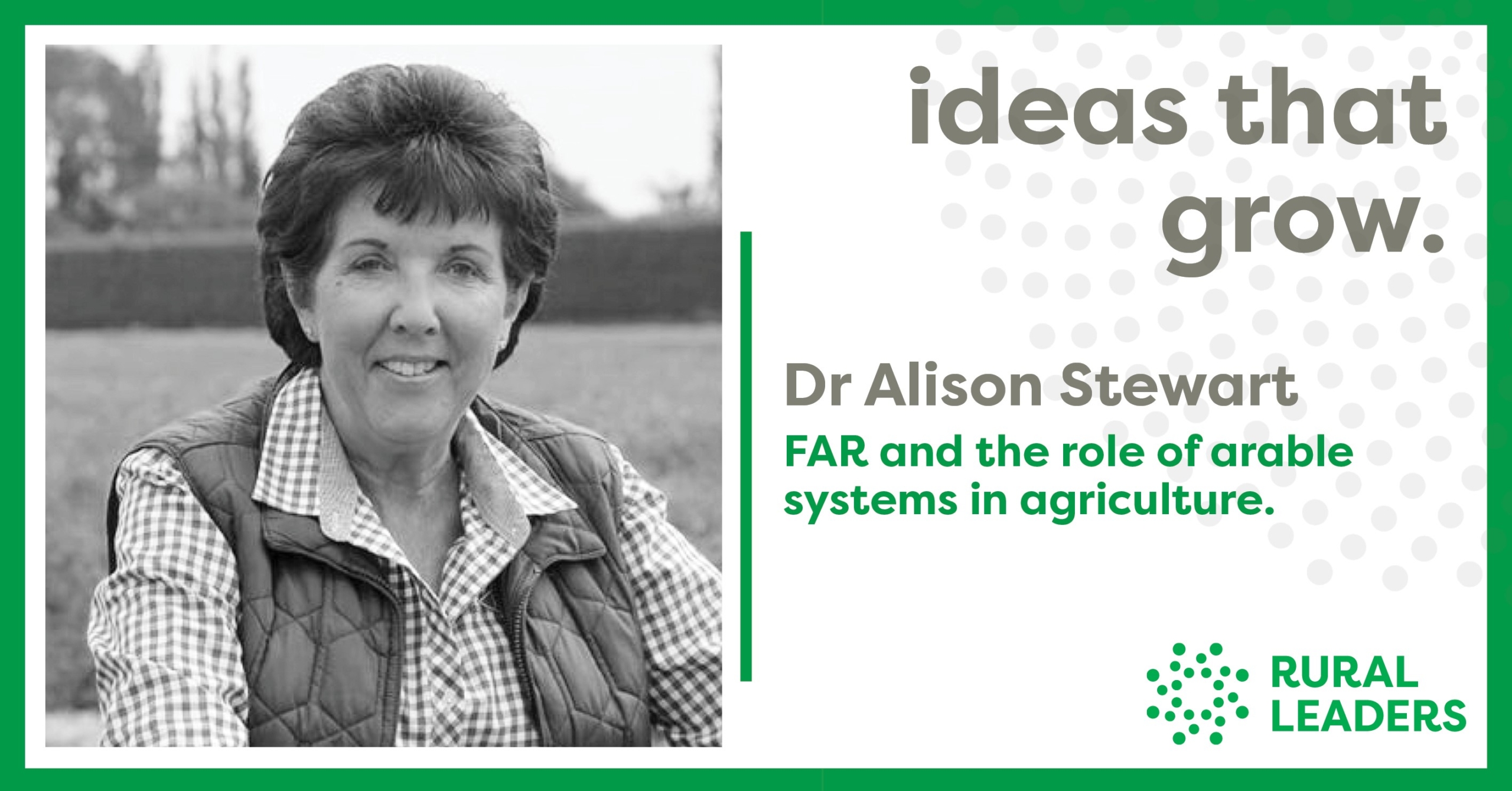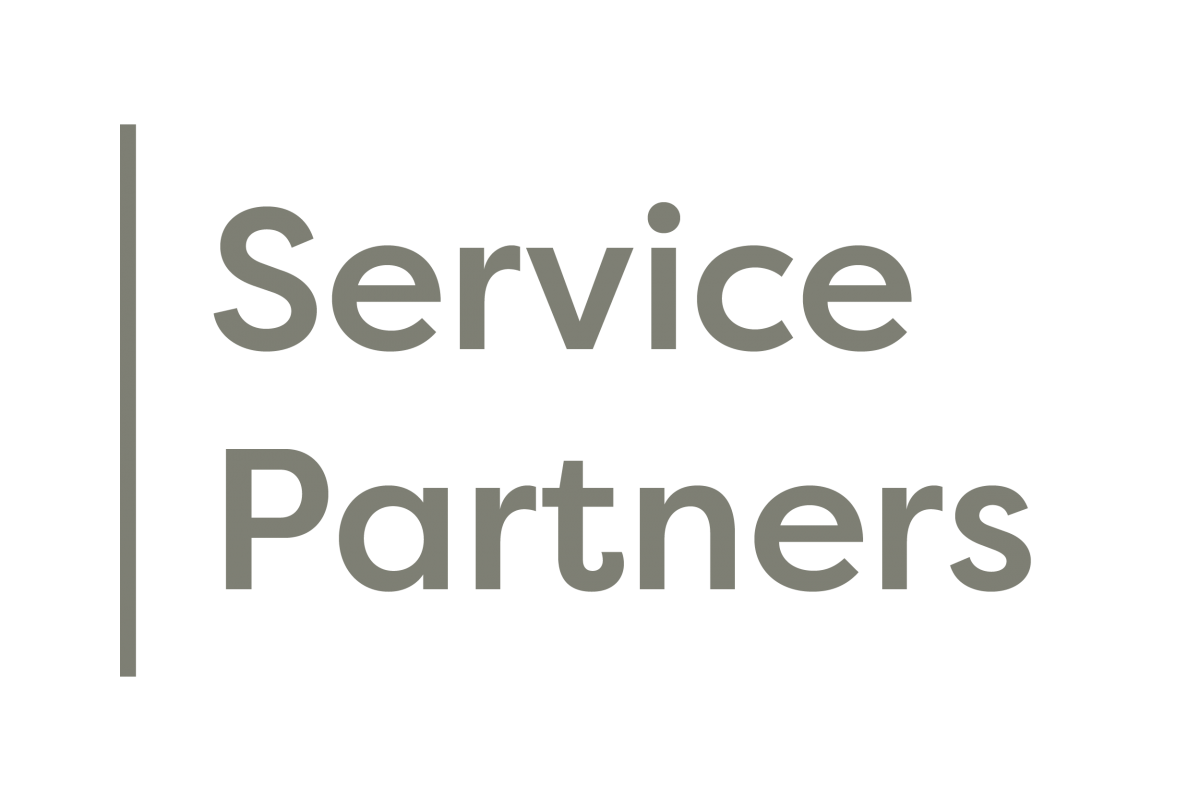Emma Crutchley, 2018 Kellogg Scholar, talks to Bryan Gibson, Farmers Weekly managing editor about some of the challenges sheep and beef farming faces in a water-short region.
Emma discusses her Kellogg research, the Value Chain Innovation Programme, and the work being done on ‘Puketoi’ to find value-add.
Listen to Emma’s podcast here or read the transcript below.
Bryan Gibson – Managing Editor of Farmer’s Weekly.
Kia Ora, you’ve joined the Ideas That Grow podcast, brought to you by Rural Leaders. In this series, we’ll be drawing on insights from innovative rural leaders to help plant ideas that grow so our regions can flourish. Ideas that Grow is presented in association with Farmers Weekly.
My name is Bryan Gibson, Managing Editor of Farmers Weekly and this week, we are talking to Otago sheep and beef farmer, Emma Crutchley.
Bryan Gibson:
G’day, Emma. How’s it going?
Emma Crutchley, 2018 Kellogg Scholar, sheep, beef and arable farmer.
Good, thank you Bryan. How are you?
BG: Yeah, I’m really good. Yeah, so whereabouts in Otago are you?
EC: My husband, and I and two children live in a little inland basin called the Maniototo in Central Otago on a sheep, beef, and arable farm here called Puketoi.
BG: Sounds like a lot of work.
Maniototo sheep, beef and arable farming.
EC: Yep. So, I grew up here. My grandfather bought the farm in 1939, and we go a couple of more generations back here in the Maniototo. He’s one of the youngest sons, and he moved over from Kyeburn to Puketoi then.
I am an ’80s child, so I remember little bits of farming growing up through there. And I’m the youngest daughter out of…I’ve got an older brother. When I was younger, I had a love for animals and the farm and I could literally be found in any lamb pen, in any dog kennel, any filthy, smelly, or challenging job.
Growing up, I would be neck-deep in it. Mum and dad never really had a chance to get me out of it, and not that they ever thought that was a thing. They were very supportive of all their children, regardless of gender, being involved in the farm. I guess growing up here, I went away to boarding school and continued my love for the farm straight to Lincoln, and I never really looked anywhere else. From there, I moved on to work as a rural professional, as an agronomist, working in Christchurch for PGG Wrightson, and then later working for Pamu out of Wellington.
I knew I’d return home to the farm, but I was always a little bit hesitant because I love being around people and I love my networks and the social life side of it. I knew if I moved home, I was moving to a relatively isolated place away from a lot of the people that I really enjoyed being around.
I knew that it was the best opportunity I had and always something I really wanted to do. So I moved home in 2009, and imported a husband to the Maniototo, because it won’t come as a surprise, but being a small, rural community, everyone’s relatively related. I knew I had to find a husband before I moved home. So, yeah, he came home, and he moved here in 2010. And yeah, so we’ve worked to take over the family farm from my parents.
We’ve got just under 500 hectares of irrigation. The rainfall here is often what ‘wows’ people, it’s a 350ml rainfall. So irrigation creates the resilience we need to do what we do. We’re arable, so we grow about 100 hectares of arable crops: wheat, barley, peas, linseed, clover, rye for seed, and a few other bits-and-bobs as they come along.
We’ve got an angus stud as well. So we sell about 25 stud bulls each year. The main thing we do here, that is our main point of production, is our lambs. We have about six and a half thousand ewes. And apart from replacements, we finish all lambs born on the farm and also purchase more store lambs in January and carry them through as well to meet the demands of what we can produce and who we supply.
I do a lot in the advocacy space with Federated Farmers in Otago and also as a director for Irrigation New Zealand. My husband is very involved and he leads a lot of the rural fire stuff in this area. Being in a dry climate, it’s one of our challenges, I suppose.
BG: That sounds like a massive and diverse life you’ve got.
EC: Yeah, there’s a wee bit going on. They’ve got two kids of the mix, two, eight, and 10, so they keep us on our toes.
BG: Now, you mentioned the engagement with the Rural Leaders Programme was a Kellogg report, I think it was in 2018, that was on how to manage water efficiently and what that might mean. I guess it’s an issue that’s close to your home – and your heart. That’s why you took it on?
Kellogg research into water sharing in a water-short catchment.
EC: Well, as you know in 2017, one of the top election issues was around freshwater and how it’s managed in New Zealand. There was a lot of pressure around irrigation and the association with water quality and quantity. At that time, I was a director on our local irrigation company.
Being in this extreme climate where we are short growing season – long winters, and the value that irrigation is to our business in terms of the resilience and our adaption to climate change, I knew when I applied for the Kellogg Programme, exactly what I wanted to study in terms of a research project.
I’d been looking at it for a while, because the kids were, at the time, I think they were two and four, and at that time they’re starting to get a little bit more…I don’t know…I just went and did it!
So, my project was on water sharing in a water-short catchment, which was basically focusing in around, freshwater governance, or even crossing into environmental governance. I looked at different models from around the world and different examples of how water was managed, ownership rights, community management, and then investigated some of the policy settings we have. Also some of the solutions that might work in that space.
I think one of the learnings I got out of that was, as farmers in New Zealand we’re incredibly individualistic in how we run our businesses and that is a reflection of the challenges. The challenges we faced in the ’80s, we found ourselves then in that time of high interest rates and challenging Rogernomics type stuff. As individual farmers we had to farm our way out of it. We did that really, really well. But then that’s led us to being really innovative.
We need to understand the ‘why’ as to why the change is happening. I’m probably going a little bit off track here, but that project set the scene for me, for doing a lot of work over the last six years in the advocacy space and advocating for not only enabling farmers room to understand the ‘why’, but also those connections with stakeholders and the importance of that.
At the end of the day, the government calls the shots on policy, but the people that are voting for the government are our stakeholders, our New Zealand public, and the importance of understanding that dynamic for long-term goals rather than focusing on short-term advocacy outcomes.
BG: Yeah, I know you’ve done a lot of work. We had some stories in the newspaper this year on some of the work you’ve done to advocate for some changes to some of the water plans down your way?
Farming and the environment.
EC: I guess the thing that in Otago, we’ve worked first off the bat with land and water plans and regional policy statement, and I guess we’re also one of the most diverse regions in a Otago. For me, or for everyone really, farming systems in New Zealand are heavily intertwined with the environment. There’s always going to be public interest in farming because of our association with the environment that we farm in.
Everyone’s always looking over our fence. From that, it’s like, how do we set it up, so we enable farmers who are very good at change. So for that example, multiple challenges can be solved with one solution, and one challenge can be solved with multiple solutions. And what I mean by that is, how do you enable policy settings that enable this diverse, incredibly stunning region to actually find the scope within those policy settings to innovate around the challenge and to solve the different water quality, biodiversity, climate change challenges that we have faced.
I think advocacy is probably…I think it’s changing. We need to start learning. But it’s like communicating in a way which enables you to be understood. And my thoughts around that is we had in the Upper Taieri, one of our biggest challenges was the Upper Taieri plain and the diverse hydrology landscape that was tied up in the national wetland regulations. Then what that was the unintended consequence that that was going to create.
So, we had our big jobs for a nature project set up at that time, which involved the relationships with multiple stakeholders. I guess we always knew that if we were going to be successful in changing the settings around the wetland regulations that we needed to have a common ground with our stakeholders and what we were trying to achieve.
I know there’s a lot of narrative around, for example, the stock exclusion regulations and the huge cost they create on farmers. If you can flip that into, we need the tools in the toolbox to manage our environment, in a way that is best for the environment and best for our rural communities. We need to recognise the role that livestock can play within those systems to control our weeds and help with pest control. That was a common ground that we found.
So when we went to MFE with that case to Minister Parker, it was probably a more resonating message than just saying, ‘Oh, it’s a huge cost of fencing, and we’re going to lose all this land that we can graze’, which doesn’t resonate with everyone. They actually don’t care. They just want fresh water and they want a pristine environment. It’s explaining it in a way that actually identifies the unintended consequence of that.
So off the back of that, we managed to get that cut out of the stock exclusion rules, but it’s still a work in progress. We’ve still got to continue that conversation with our regional council as part of our water plan.
The art of making the tough conversations easier.
BG: Sounds like you’re at the forefront of a type of evolution that’s been talked quite a lot in terms of managing our natural assets – has many stakeholders who mostly want to do the same thing. It’s not an us and them farmers versus, say, fishermen or environmentalists or anything like that. And if you can in advance find those shared values, then it’s much more easy to overcome the challenge.
EC: Yeah, and I think I was talking to Julia Jones a couple of months ago and we’re brainstorming. I think she said something, and it was ‘we have a responsibility to seek to understand diverse perspectives’, then I added on the end, ‘we also need to give ourselves the personal freedom to change our minds’. I guess for me, that crosses into the fact that we are a small part of the population in New Zealand.
Like a lot of people like those in Auckland don’t really care about farming. They might want a pristine environment, but they don’t care about farmers as such. So the best way to get people to understand your perspectives is to actually listen to them and when you can create an environment which lets people feel like they’re understood – it takes away the defensiveness and the silos, and it creates more of a safe space to continue that conversation.
So when you’re really passionate, I think, and I have to be aware of this, because I’m really passionate about Ag and what we do, but passion can show up in many different ways. And when you’re passionate about a topic like farming or the environment and both, probably, most of the farmers fit into both those camps, but it’s like, how do you talk to someone and create that curiosity to let them feel like they’re heard? And then you create that connection and then that’s progress.
The Value Chain Innovation Programme and finding the value-add.
BG: Now, you’ve had a more recent Rural Leaders experience. You were on the Value Chain Innovation Programme this year. What was that all about?
EC: Yeah. So my lane, probably, in the past year has been a lot around the environmental stuff – freshwater, irrigation. But as a sheep and beef farmer, we are doing so much behind the farm gate in terms of how we farm and environmental gains on-farm. For us, because we are main point of production is lamb and finishing lambs, we’ve seen a lot of disruption within the supply chain over the past few years, especially since COVID.
Then we had another one more recently this year, where some of the guys we’ve worked really closely with over the past few years to develop our lamb supply programme. We went to them eight years ago, probably a little bit frustrated at the time, we wanted to supply a product that worked with our lamb, our supply chain, and what was actually needed within that, so we could add more value.
So they came back to us. We said to them, ‘how can we better support what you’re trying to do so we can add value to what we’re trying to do?’ They came back and they said, we need to know when your lambs are coming three to four months ahead. We need all year-round supply, and we need to have a consistent hook weight. And we went ‘righto’ and took that away. Then over the next few years, we worked really hard to actually schedule three to four months out and supply 11 to 12 months of the year and build a system around that, but then also target those specific hook rates and get it right. So, it worked really well.
Then when we had a bit of disruption within our meat company, probably three or four months ago, it blew a bit of that away. It blew away those trusted relationships, and it’s a bit of an ‘aha’ moment for me, and I realised how vulnerable we are to what happens in that supply chain and what we do. Because when your main part of your business is producing lambs and something happens in the supply chain, that’s a big issue.
I’d looked at the Value Chain Innovation Programme last year and I thought it was probably not really in my lane. And then I was like, well, actually, it really is in my lane, because if we’re doing all this other environmental stuff and trying to add value on-farm, we need a supply chain that actually supports what we’re trying to do.
So we, as farmers with our increasing costs, our sheep and beef farmers, especially the catchment limits that you’re trying to farm within, you can’t just produce your way out of it anymore. So, the real important thing that I’m seeing is, how can we value-add?
I applied for the Value Chain Innovation Programme with Hamish (Gow) and Phil (Morrison) to look at all the different value chain examples through the North Island. We got on a bus in Auckland and went down to Hamilton, explored the Fonterra markets with the Fonterra value chain around there, going to a dairy farm and then into the Fonterra factory, and also looking at LIC and DairyNZ and how those operations also support the dairy industry.
Then we investigated kiwifruit, and we also went to Robotics Plus in Tauranga. That was pretty amazing, seeing some of the tech that and the robots that they can pull in to support different production systems.
From there, we went down to Taupo and went to Pamu, and also sheep and beef there. I’m probably missing one, but over to Hawkes Bay to look at the apples as well, and also First Light Foods and a couple of others in there, just investigating what all these systems are trying to target. From there, I figured out that we are…yeah, I feel like we are lacking a little bit in leadership to support innovating the value chain to create value for what we do.
A lot of us are also limited in the land use change that we can actually do to add value. So it’s really important to me to start thinking about how we do add value through the supply chain.
BG: It seems to be like the Holy Grail. A lot of the feedback I get at the newspaper about various regulations and environmental and sustainable goals, people just go, well, we were promised it was value-add, and we’re not seeing it. We’re still slave to the schedule, that sort of thing. And so that’s a real hard nut to crack.
EC: And it’s never going to be easy. People will probably listen and say, she’s crazy. You can’t do that. But what options do we actually have in some cases? It’s like saying, well, okay, it’s hard, but what else are we going to do? Because in New Zealand, we’re actually not… I don’t know, we’re passionate about what we do, we have an amazing industry in sheep and beef.
I guess the other thing is we’ve also…when I think about, I’m very much Ag right through my life. Everything that I see as sheep and beef farmer supports what I can do behind the farm gate and creating efficiencies within the farm gate. There’s not a lot that actually looks at how we create value through the supply chain.
So I think that was probably a bit of an ‘aha’ for me throughout the (Value Chain Programme) trip, is actually realising that, yeah, we are actually stuck. There’s been amazing work done, but it’s like, how do we realise that, yes, a lot of what we do, even with our industry bodies, is focused on production, and behind the farm gate, but there’s not a lot on added value.
BG: Well, the cool thing is, I guess, that the product is amazing already, so it’s a good launching pad.
EC: Yeah, 100 %
BG: It sounds like your experience with Rural Leaders has been pretty rewarding. Is that something you’d recommend to others.
EC: Yeah, absolutely. I don’t know where we would be in New Zealand’s primary sector without Rural Leaders – there’s some great options of different programmes you can get involved with, and there’s always stuff to learn. I think even if I went back and did either of those courses again, you’d still pick up something new.
The people you meet along the way as well and I guess the networks. And I guess when I’m thinking about something and I know I don’t know the answer from those networks, I have a fairly good idea that I will know someone that will. And if they don’t, they’ll know someone that will. It’s a small, small place, the New Zealand primary sector, and there’s a lot of power and networks as well.
BG: Thanks for listening to Ideas that Grow, a Rural Leaders podcast in partnership with Massey and Lincoln Universities, AGMARDT, and FoodHQ. This podcast was presented by Farmers Weekly.
For more information on Rural Leaders, the Nuffield New Zealand Farming Scholarships, the Kellogg Rural Leadership Programme, or the Value Chain Innovation Programme, please visit ruralleaders.co.nz
